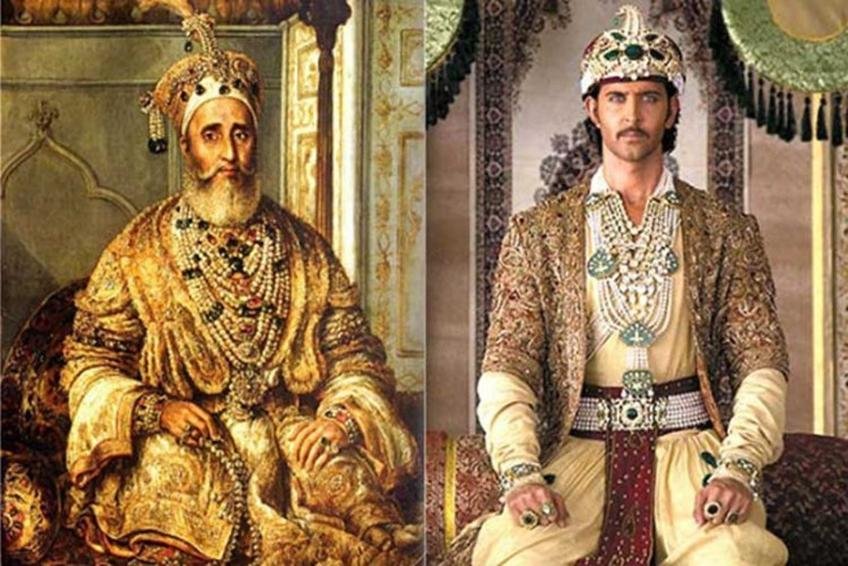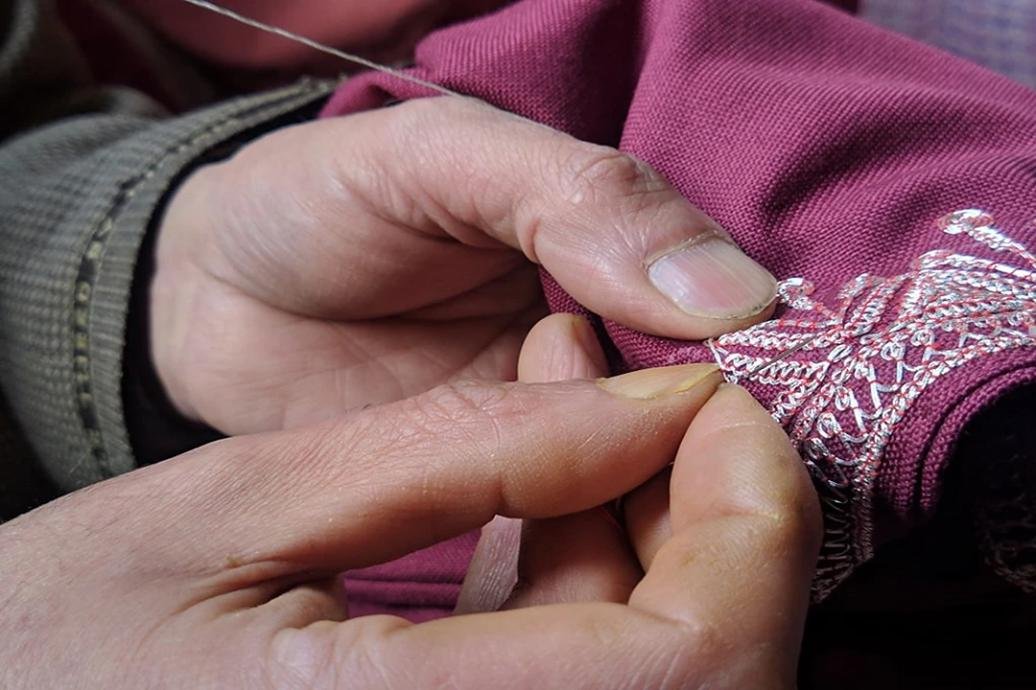What is Tilla Embroidery?
Tilla Embroidery, also known as Tilla Dozi, is a century-old craftsmanship woven into the rich tapestry of Kashmiri culture. The speciality of the Tilla Embroidery is its richness and great detailing which makes it different as this kind uses metal threads made either with silver, gold or copper to give embellishments to the designs and patterns woven on the fabrics.
History of Tilla Embroidery
Tilla Embroidery boasts a history spanning many centuries, and its roots are traceable to the ancient Iranian village of Zari, which is located in a remote corner. After the Gharwali invasion of Taimur, this very art was carried to the distant Kashmir Valley by the honourable Muslim saint Shah-e-Hamdan, who was accompanied by his troupe of craftsmen.
While 700 skilled craftsmen in his entourage tagged along their machinery, the Tilla Dozi technique slowly but steadily embarked into the local culture.
Notably, to an extent, the craft grew into a hub of Mughal patronage as it fascinated the Mughal emperors with its luxury and magnificence. It was mostly favoured for making timeless fashion pieces, and Mughal rulers included Tilla Embroidery in their royal courts and attire. The art flourished further due respect to become a crucial part of the royal clothing as well as court settings.

( Source: Embroiderynaama Blog )
With the passage of time, Tilla Embroidery gained an association with luxury and elegance used for the decoration of garments being carried by the well-off. The embroidery was carried out in real silver or gold, which was hammered and pressed into threads to embellish the fabrics of apparel or any other items mostly of the bride.
Process of Tilla Embroidery
The art of Tilla Embroidery involves several intricate steps:
- Making Design: A designer makes a pattern with a tool-like needle on the tracing paper perforating the paper known as “Trombun.”
- Imprinting the Design: The design on these fabrics is made from the river sand mixed with kerosene, imprinted on the fabric with a duster dipped into ink, giving prints of the traditional Kashmiri motifs.
- Tilla Thread Embroidery: The Tilla artisan uses a tissue fabric with a printed design, and he makes this tissue fabric thread in the metallic Tilla. Tissue threads worn with some specified needles like Angora, Hiran, Murga, and Peacock secure these tissues through the cotton thread.
- Finishing Touches: After embroidery, finished pieces go for very delicate washing and ironing in order to preserve the sheen of Tilla threads.

( Source: Embroiderynaama Blog )
After all, despite some difficulties in modern society, the tradition of tilla embroidery is saved as a living monument for the skilled. Those who can put their own mark on art are sincerely proud and full of feeling in this type of environment.
Leave A Comment